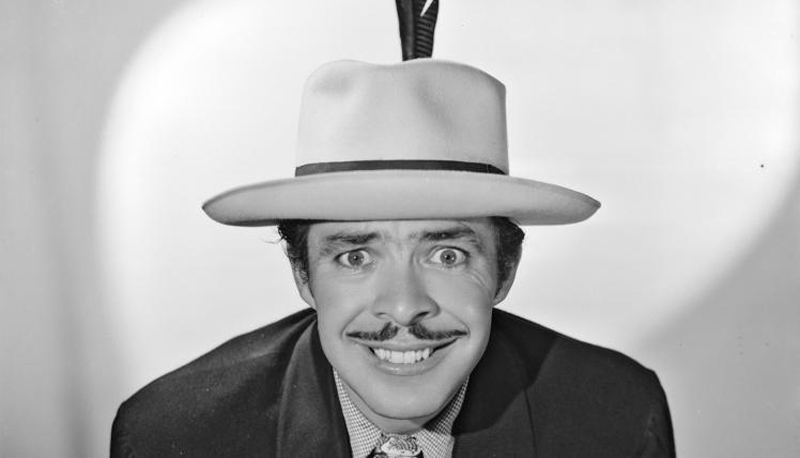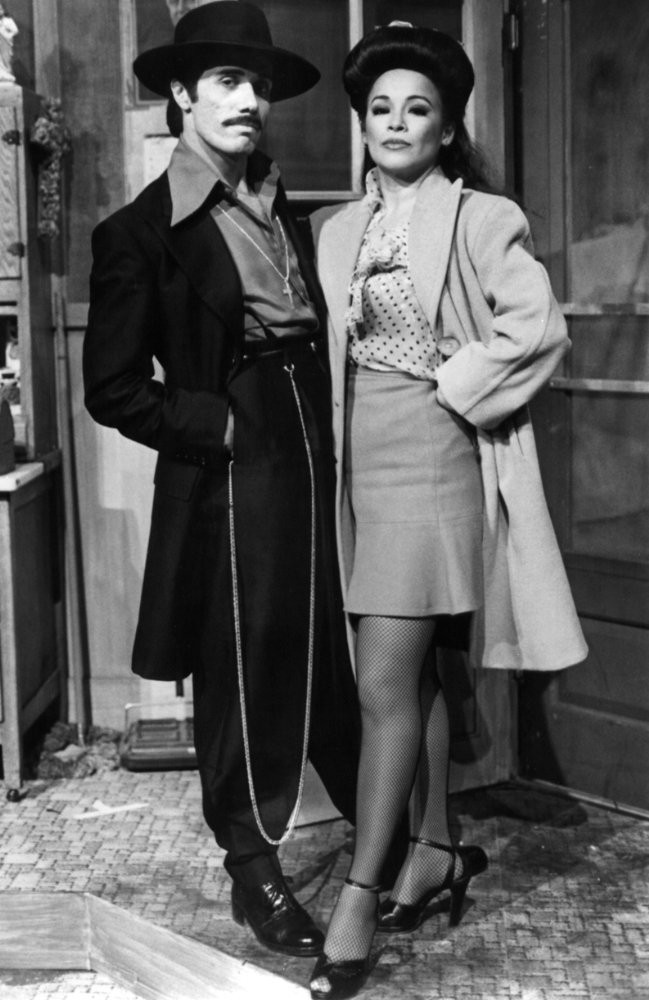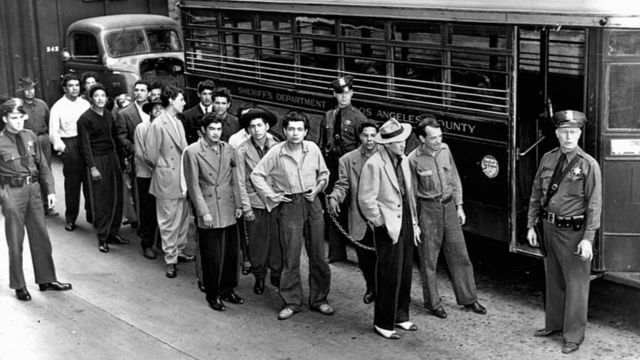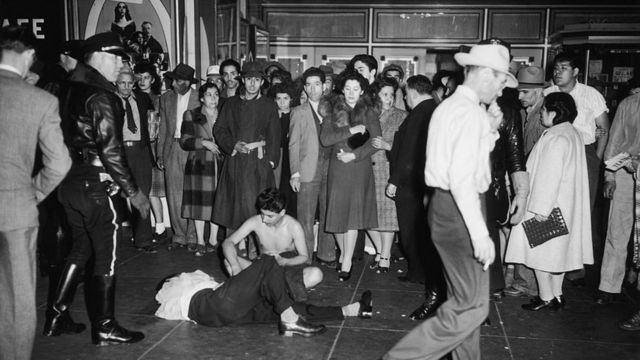The pachucos were one of the first cultural expressions of Mexicans in the United States. We tell you his story and the reception of his movement in Mexico.
We have all heard about the pachucos, young and not so young, who usually wear elegant baggy suits, hats and who like music such as mambo, danzón, salsa and jazz. It is a style of being and dressing that emerged in the 1930s among young people in the border area of Mexico and the United States.
The pachuco concept originated as a reduction of the phrase “ Vamos pal ‘Chuco ”, which meant “let’s go to Paso, Texas”. Originally, the word pachuco was used to refer to those who crossed into the United States from Ciudad Juárez, Chihuahua, but over time it served to name a style of being and dressing of young Mexicans and Mexican Americans. Evolution as a subculture developed extensively during the 1940s and 1950s.

Some centralists think that the word pachuco has its origin in the Nahuatl voice pachoacan (“place where one governs”), however, its relationship with the subculture is almost nil. However, it is true that the groups made up of pachucos, known as groups, acted territorially on certain spaces. Because of this, those who wore baggy suits were thought to be part of a gang and associated with urban violence and gangs.
The zoot suit: the costume of the Pachucos
The extravagance of the young Pachucos in the United States and Mexico became a motive for persecution. Both parents and institutions disapproved of the way of dressing and associated the subculture with crime. The clothing for men included the use of a zoot suit: jacket, wide-necked shirt, waistcoat, baggy pants, chain, suspenders, and borsolino hat. While the women wore slightly more discreet clothing.
The loose-fitting zoot suit was born in the 1930s in Harlem, New York, to jazz musicians and was called “drapes.” Later, its use spread among non-Anglo-Saxon communities such as Italians, Jews, and finally, among Mexicans.

The Pachuco of Mexico
In Mexico, the pachucos were identified with the pochismo. It was the time of the ballrooms, of the insertion of Anglicisms such as goodbye, OK, horn, and so on. The pachuco was a kind of juvenile delinquent who broke with the popular convention with a certain arrogance. However, it was also associated with danzón dance scenes, ficheras, vedettes, and tropical rhythms.
While Octavio Paz described the pachuco as an anarchic individual, the also chronicler Carlos Monsiváis considered that “deep down, the ‘disguise’ […] is the avidity to exist proudly, even through conspicuous costumes and rhythmic and jazzy speech, in a society that denies ‘intruders’ social visibility “.
The greatest icon in Mexico of the pachuco movement was embodied by Germán Valdés “Tin Tan”, who was known as the “Pachuco de Oro”. Valdés, who was born in Ciudad Juárez, finished popularizing the zoot suit in Mexico, where there was greater acceptance thanks to his presence in the cinema. Likewise, this helped the generation of an identity of the Mexican-born pachuco, who used popular expressions such as ” Ta suave boss, ta suave, how has it become centigrade?”

The Mexican-American Pachucos
The formation of the Pachuca identity in the United States was always marginal, as there was a growing institutional nationalism that sought to deny migrants. For this reason, the animosity of the US authorities for the movement became a concrete objective. The clearest case was the murder of the Mexican American José Díaz at the hands of a gang of pachucos. Díaz was heading to a party and, according to the story, would join the ranks of the US military the next day with the goal of participating in World War II. However, that night he was beaten to death.

During the investigations, 22 young people called pachucos were detained. In court, the youths were forced to wear their pachuco clothing so that the crime was associated with organized crime. Although all the youths were eventually released, the stigma on youth wearing zoot suits increased. As a consequence, the US military and police began to arbitrarily detain the Pachucos, since they were considered gang members.


The end of a subculture
On June 7, 1943, the most difficult stage of the repression against the Mexican-American pachucos began. The raids and the hunting of the gangs was a constant; the pachucos were trapped in their meeting places, beaten and undressed, to later witness the burning of their suits. In the following ten days, the confrontations led to the arrest of 500 pachucos and the declaration of the prohibition of the use of the suit.

Over the years, the culture dissolved into new movements, mainly the cholo, who preserve the tradition of wearing loose clothing. Meanwhile, the use of the zoot suit was reduced to groups that wish to preserve their identity in association with their artistic expressions. Even today it is possible to find pachucos, mainly in popular neighborhoods, as well as in kiosks and dance halls where nostalgia encourages them.

Source: mexicodesconocido.com.mx






